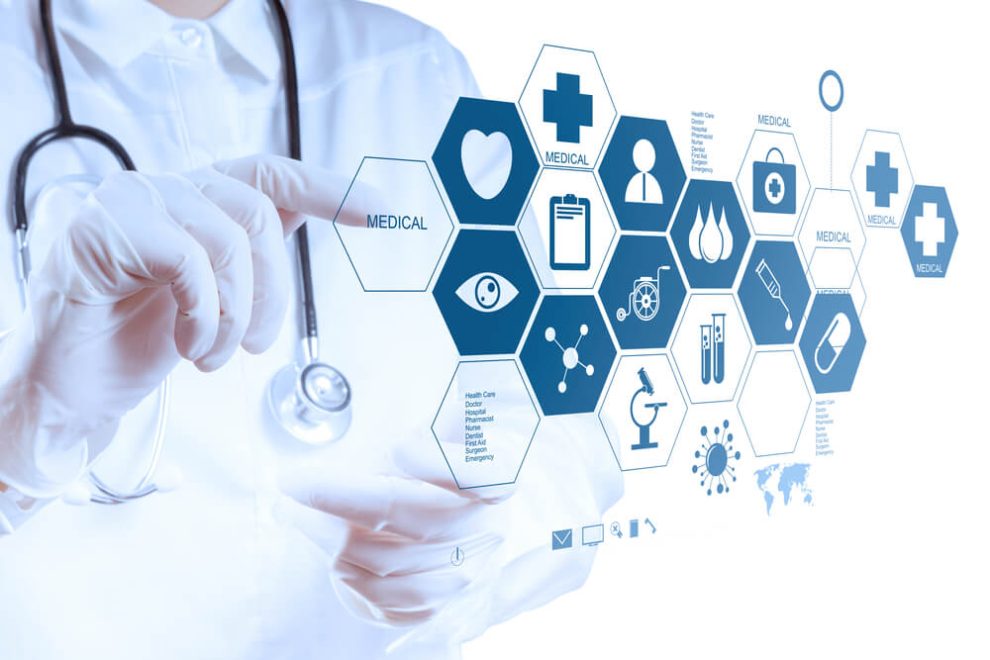The healthcare industry is experiencing rapid innovation. Emerging technologies are leading to earlier disease detection, more convenient care options, personalized treatments, and increased accessibility.
Specifically, artificial intelligence, wearable devices, telemedicine, remote monitoring, genomic medicine, 3D printing, and digital health platforms are positively impacting patient outcomes and experiences.
Detecting Diseases Sooner Through AI and Genetic Testing
Catching diseases early dramatically improves prognosis and survival rates. Now, technologies can detect cancers, heart conditions, and genetic risks in their earliest stages when treatments are most effective.
AI-Powered Screening
AI algorithms learn to analyze medical scans and identify abnormalities. By processing vast datasets, they can sometimes spot cancers and other diseases sooner than human review.
Genetic Testing
Advanced genetic tests identify gene mutations and variants associated with increased disease risk. This allows patients and doctors to take preventative action through lifestyle changes, medication, or enhanced screening.
Wearable Health Trackers
Smartwatches and fitness trackers monitor heart rate, sleep, activity levels, and more. They can detect arrhythmias, sleep apnea, and other abnormalities, allowing earlier medical intervention.
Remote Patient Monitoring and Telemedicine
Telemedicine and remote monitoring make care more convenient and accessible. Now patients can connect with doctors online or have their health data monitored from afar between office visits.
Telemedicine Consultations
Through video chat platforms, patients can meet virtually with health providers. This allows medical access for those unable to make frequent in-person visits due to location, cost, or mobility challenges.
At-Home Health Tracking
Devices like blood pressure cuffs and glucose monitors connect to apps to track data over time. Doctors can monitor changes and intervene before issues escalate or become emergencies.
Mental Health Apps
Wellness apps provide convenient access to therapies like CBT and mindfulness training through your phone. This expands access to mental health treatment in areas with limited specialists.
Personalized Medicine Powered by Genomics and 3D Printing
Analyzing a patient’s genetics allows for tailored medical treatments. Additionally, 3D printing creates customized braces, prosthetics, and even tissue and organs.
Genomic Medicine
Sequencing a patient’s DNA identifies genetic factors influencing disease risk and drug response. This enables more targeted therapies based on an individual’s molecular profile.
3D-Printed Implants
Advanced 3D printers create custom orthopedic implants, prostheses, and braces optimized to a patient’s anatomy. The technology is even being used to bioprint living tissue and organs.
Precision Medicine
By identifying the specific pathways involved in a disease, scientists can develop treatments targeting those mechanisms. This improves efficacy while reducing side effects.
Improving Affordability and Access
Cost and transportation barriers often limit medical access. Now digital platforms, apps, and telehealth programs are reducing these obstacles to improve overall population health.
Digital Health Management Platforms
Online portals connect patients to educational resources, telehealth services, appointment scheduling, prescription refills, and health tracking tools. This empowers patients to more actively manage their care.
Medication and Health Management Apps
Mobile apps help patients take their medications on time, track symptoms, access health tips, and communicate with their care teams. This supports better self-care between appointments.
Telemedicine for Underserved Communities
In areas with healthcare shortages, telemedicine can bridge access gaps. It saves patients time and money traveling to appointments while allowing consistent care from a distance.
Technology will never replace compassionate medical care, but it can make finding and receiving that care easier. As these innovations progress, we can create a more equitable, personalized, and effective healthcare system for all.
















Add Comment